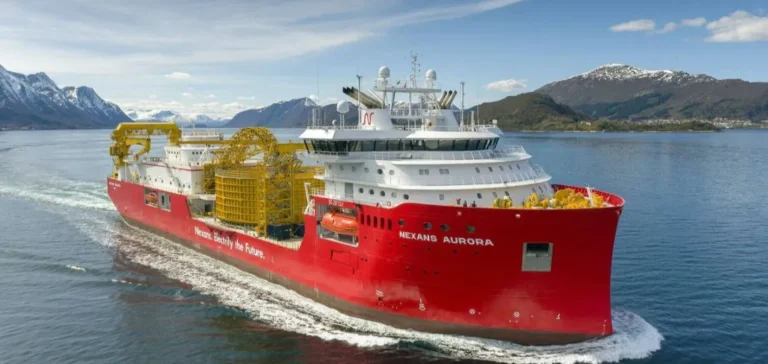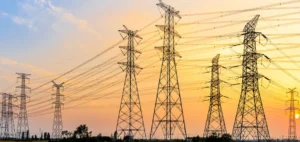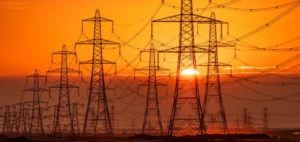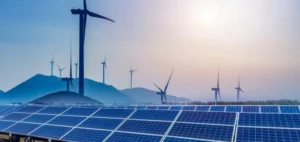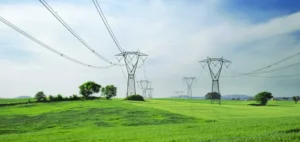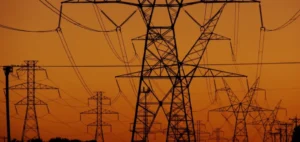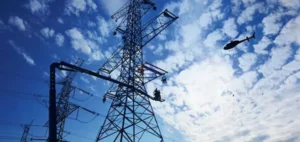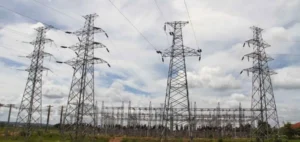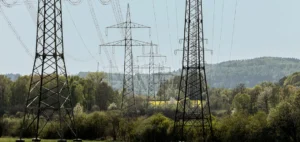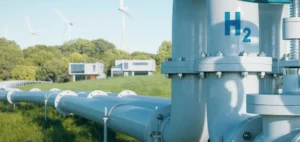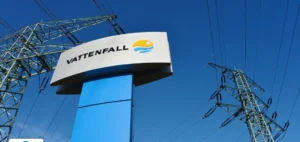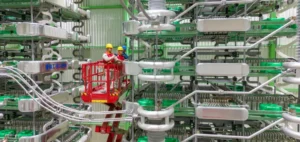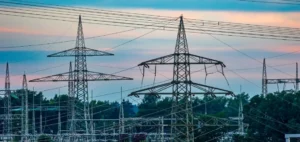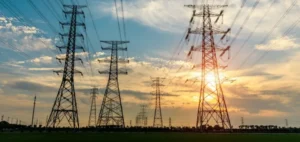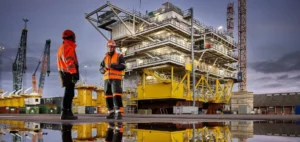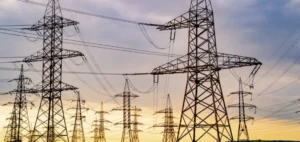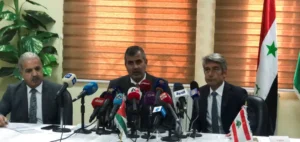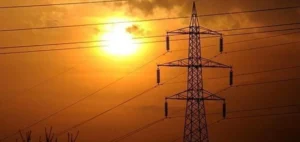French cable manufacturer Nexans has announced the start of installation works for a high-voltage submarine power cable as part of Italy’s Tyrrhenian Link project. The operation, conducted on behalf of Italian grid operator Terna, reaches a record depth of over 2,150 metres between southern Sardinia and the Sicilian locality of Fiumetorto.
The Tyrrhenian Link project aims to connect Sardinia, Sicily and the Campania region via an alternating current submarine “electric corridor”. The segment currently being installed represents the western phase of this system, whose technical complexity lies largely in the exceptional depth at which the cables are being deployed.
An investment of €3.7bn for Terna
According to information provided by Nexans, the overall project represents a total investment of €3.7bn ($3.95bn) by Terna. This amount also covers the construction of a second segment linking Sicily and Campania. Installation of the first two cables on this eastern portion was completed in May.
The cable is designed to transport large volumes of electricity between the islands and mainland Italy to reinforce the national grid’s stability. Nexans claims that this deep-sea deployment pushes the current boundaries of submarine power transmission.
A strategic project for Italy
The Tyrrhenian Link is considered a strategic infrastructure project by the Italian government, as it aims to secure energy flows between regions while optimising existing generation capacities. Terna, as owner and operator of Italy’s high-voltage grid, oversees all phases of execution.
Nexans, one of the world’s leading cable manufacturers, is supplying the equipment and specialised laying vessels needed for the installation in the Tyrrhenian seabed.
Technical challenges under control
Subsea operations at such depths involve major technical constraints related to pressure, seabed stability and cable positioning accuracy. According to the company, the vessels used are equipped with advanced guidance and monitoring systems to ensure connection reliability.
“This project is a world-first in terms of depth for a high-voltage cable,” stated Nexans. No specific timeline has yet been disclosed for the completion of the western phase of the Tyrrhenian Link.


